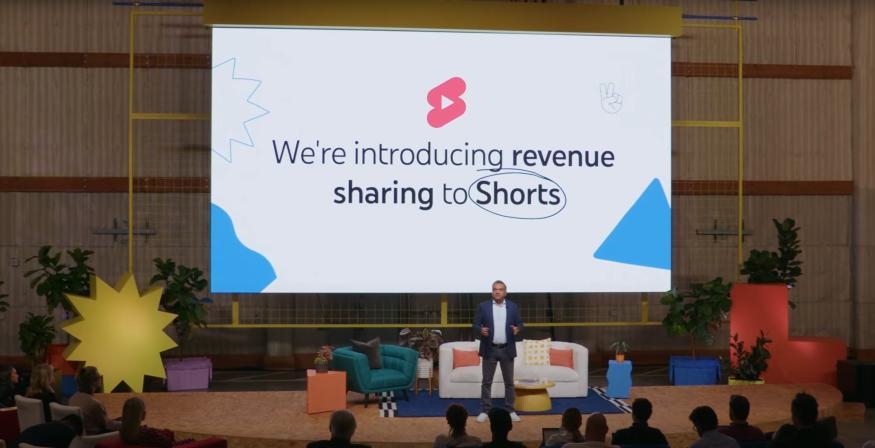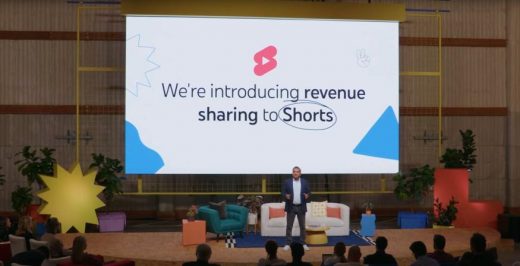YouTube will begin sharing ad revenue with Shorts creators on February 1st
YouTube will share ad revenue with Shorts creators
YouTube just made a major change to its Partner Program that will allow its short-form video creators to make a lot more money from its platform. The company announced that it will share ad revenue with creators on its TikTok rival, YouTube Shorts.
The changes, which go into effect “early next year,” could help YouTube draw creators away from TikTok, where stars have complained about low creator fund payouts. “This is the first time real revenue sharing is being offered for short-form video on any platform at scale,” YouTube Chief Product Officer Neal Mahon said during an event announcing the news.
With the new revenue sharing program, creators with at least 1,000 subscribers who get 10 million views on Shorts in a 90-day period can apply to join the Partner Program. Like TikTok, ads on Shorts appear between videos in the feed. (The company began experimenting with ads on Shorts in May.) Revenue from the ads will be pooled and split among creators, Mohan said. Creators will get a 45 percent cut of the ads, regardless of whether they use music.
“Each creator is paid on their share of total Shorts views, and this revenue share remains the same, even if they use music,” he explained. The company also said it would start testing its tipping feature, called Super Thanks, in Shorts “with a complete rollout expected next year.”

Up until now, YouTube had a dedicated $100 million creator fund for Shorts. But creators have long complained that these types of funds are insufficient, and don’t come close to what the most successful creators can make producing longer form videos where they get a share of the ad revenue.
For example, Jimmy Donaldson, the YouTuber known as Mr. Beast, shared earlier this year that he had made just $15,000 from TikTok despite more than a billion views in the app. Donaldson is widely credited as one of the top-earning creators on YouTube, and made $54 million on the platform in 2021. TikTok said in May that it was in the early stages of a revenue sharing program called TikTok Pulse.
YouTube also announced a new tier for the Partner Program that’s meant to make it easier for early-stage creators to start monetizing their content. The new tier, called “Fan Funding,” will have “lower requirements” for accessing features like Super Thanks, Super Chat, stickers and channel memberships, Mahon said. YouTube said it would share more details about the requirements in 2023.
Finally, the company revealed Creator Music, a section of YouTube Studio where creators can purchase “affordable, high-quality music licenses that offer them full monetizing potential.” Those who buy the licenses will “keep the same revenue share they’d usually make on videos without any music.” Creator Music will also offer the option to use songs without paying up front, and instead the creator and the artist will share revenue from the video.
The change could solve another major headache for YouTubers, who have long complained about copyright issues from overzealous music labels leading to takedowns and loss of revenue. In a blog post, YouTube says it hopes the feature will help “build a bridge between the music industry and creators on our platform.”
(17)



